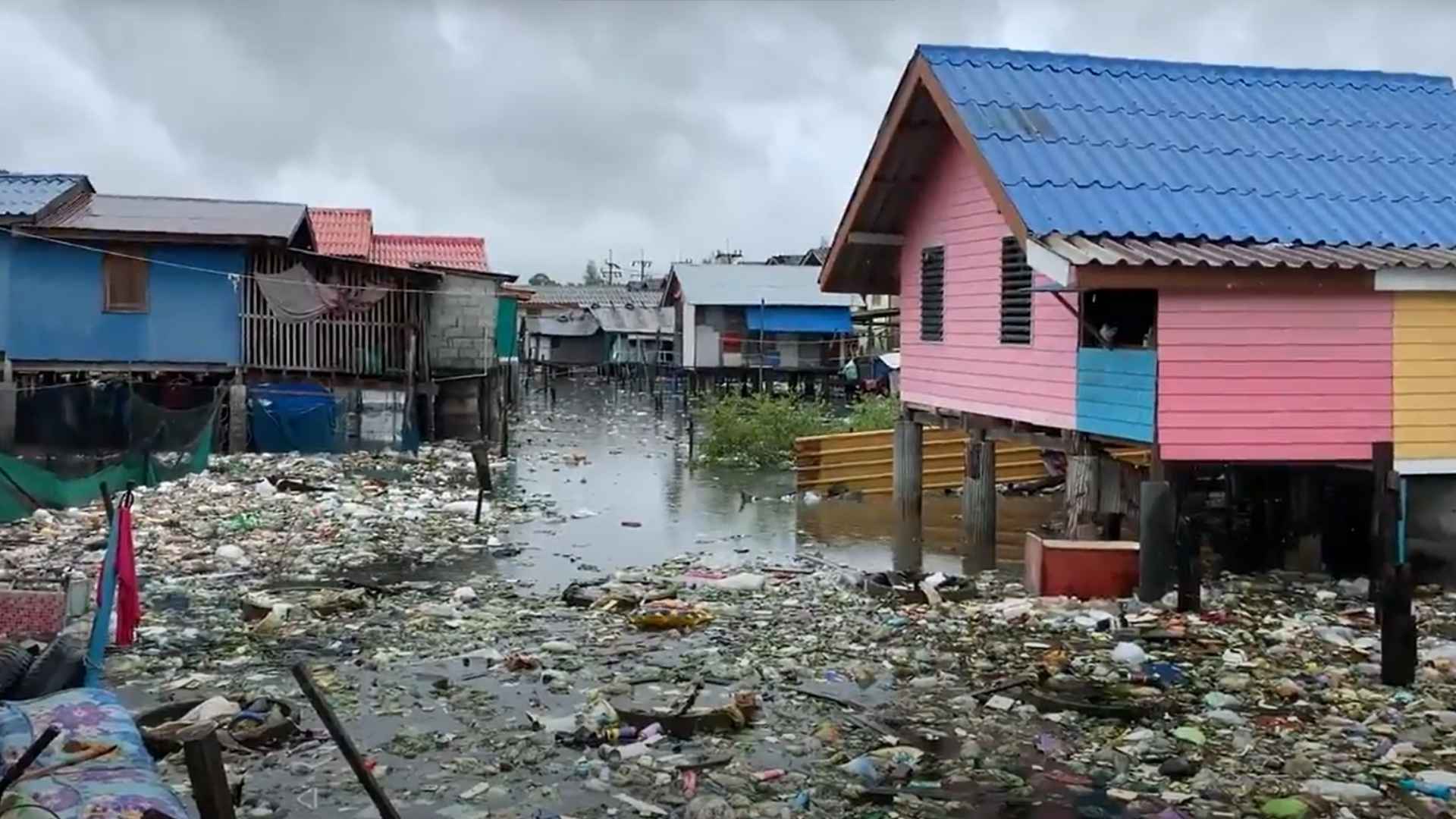1. “Multilateralism is under strain, even as countries of the Global South look to organisations like the UN for solutions. What are the key challenges to multilateralism today, and how can India help in making it stronger?”
| Syllabus: General Studies – II:- Important International institutions, agencies, for a (structure, mandate); Bilateral, Regional, Global groupings & Agreements (involving and/or affecting India) |
Multilateralism means countries working together through international organisations to solve global issues. Today, it is weakening due to power politics, conflicts, and resource crunch, even though the Global South depends on it for fair solutions. India, as a voice of the Global South, can play a major role in strengthening it.
Challenges:
- Power Politics: Dominance of powerful countries weakens equal decision-making.
- Funding Crisis: Cuts in contributions (e.g., by the US) make UN bodies less effective.
- Slow Reforms: UN Security Council reforms are pending, leading to under-representation of developing countries.
- Conflict Management Failures: Ongoing wars (Ukraine, Gaza, etc.) show weak conflict-resolution capacity.
- Global Inequality: Trade, climate finance, and technology access remain skewed towards developed nations.
- Erosion of Trust: Countries increasingly prefer bilateral/mini-lateral deals, bypassing global institutions.
India’s Role in Strengthening Multilateralism
- Voice of Global South: Hosting summits like Voice of Global South to amplify concerns.
- Push for UN Reforms: Advocating for a permanent UNSC seat and fairer representation.
- Bridge Builder: Maintaining relations with both developed and developing nations.
- Promoting Inclusive Growth: Championing climate justice, energy security, and digital equity.
- Peace Diplomacy: Contributing to UN peacekeeping and supporting peaceful resolution of conflicts.
- South-South Cooperation: Sharing technology, development models, and capacity-building with other developing nations.
Way Forward
- Push for democratic, transparent, and accountable international institutions.
- Build coalitions of Global South countries for stronger bargaining power.
- Lead in areas like climate action, digital governance, and global health to show practical leadership.
| PYQ REFERENCE [2019] Q. “The long-sustained image of India as a leader of the oppressed and marginalised Nations has disappeared on account of its new found role in the emerging global order”. Elaborate. [10 Marks] |
2.“Urban flooding in India is less about excessive rainfall and more about outdated infrastructure and poor preparedness. Discuss the key challenges posed by changing monsoon patterns and suggest measures to make Indian cities more resilient.”
| Syllabus: General Studies – I: Important Geophysical phenomena and geographical features and their location – changes in critical geographical features (including water bodies) and the effects of such changes. |
Urban flooding has become a recurring challenge in India, not just due to heavy rainfall but also because of outdated city planning and poor coordination. With changing monsoon patterns—intense, short bursts instead of steady rain—Indian cities remain underprepared, leading to frequent waterlogging, disruption of services, and economic losses.
Key Challenges:
- Changing Rainfall Patterns – Shift from long-duration to short, high-intensity rainfall overwhelms drainage systems.
- Outdated Infrastructure – Drainage networks are designed on old rainfall data (IDF curves), unable to handle current extremes.
- Poor Drainage Maintenance – Cleaning follows old calendars; garbage blocks stormwater drains.
- Departmental Fragmentation – Separate handling of stormwater and waste leads to poor coordination.
- Urbanisation Pressure – Concretisation reduces natural water absorption, increasing surface runoff.
- Governance Gaps – Weak disaster preparedness and lack of integration of real-time data into planning.
Measures
- Update Rainfall Data (IDF Curves) – Revise every 5–10 years; base drainage on micro-catchment hydrology.
- Sub-Daily Rainfall Analysis – Use real-time, hourly rainfall data for drainage design and response.
- Integrated Waste & Drainage Management – Coordinate cleaning of drains with solid waste collection to avoid re-clogging.
- Climate-Resilient Infrastructure – Wider drains, separate stormwater and sewerage systems, and green-blue urban planning.
- Institutional Coordination – Monsoon response teams (like in Vijayawada) for joint action across departments.
- Community Awareness & Alerts – Public information systems linked with IMD forecasts for preparedness.
Urban flooding is not simply a natural disaster but a failure of planning for new rainfall realities. By integrating updated data, coordinated governance, and climate-resilient infrastructure, India can make its cities more resilient. The key is to prepare not for the “monsoon season,” but for the unpredictable rain already falling.
| PYQ REFERENCE [2021] Q.What are the environmental implications of the reclamation of water bodies into urban land use? Explain with examples. [10 Marks] |

